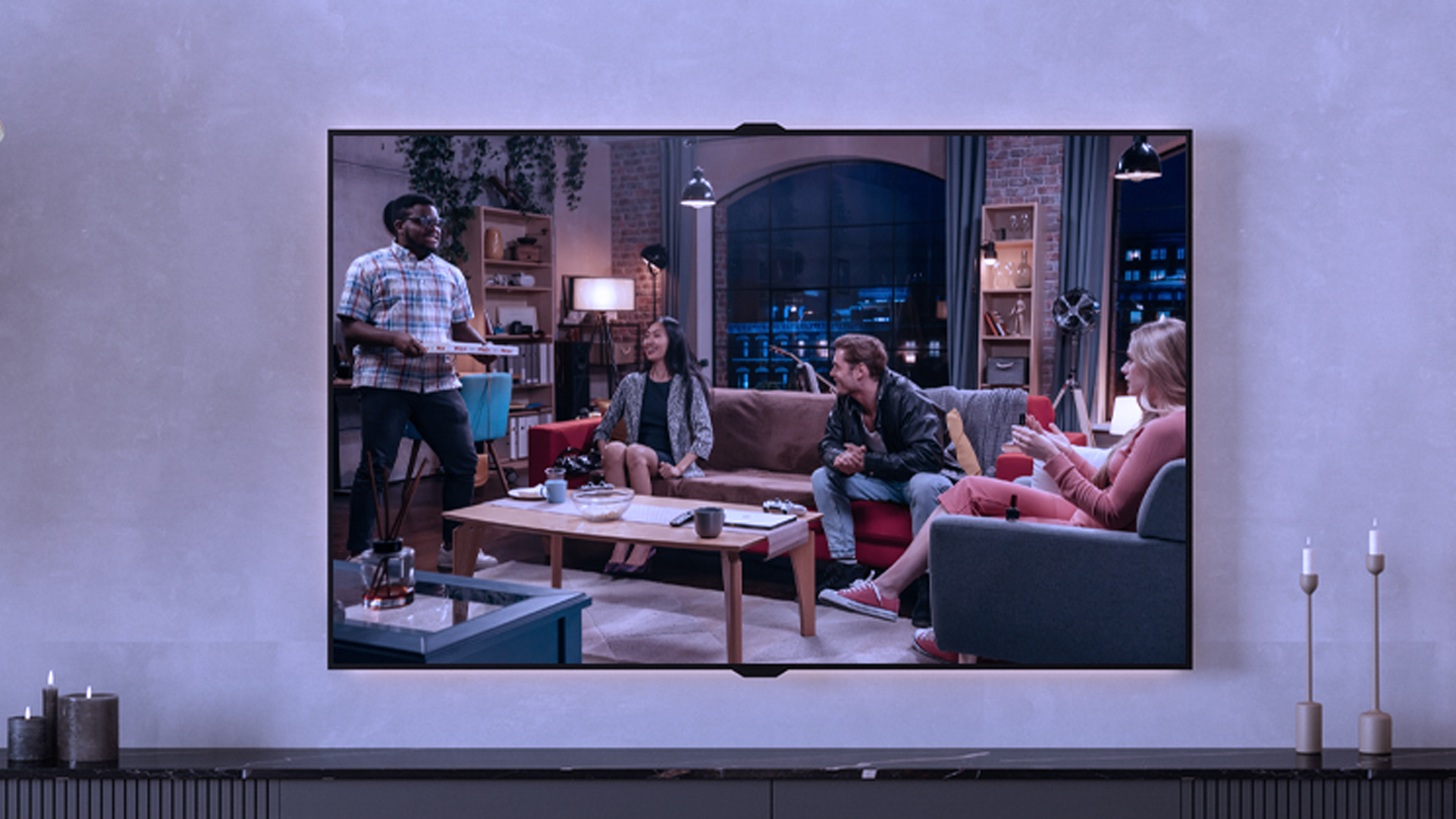From Genre to Scene: The Next Evolution of CTV Targeting

Connected TV (CTV) advertising has long outgrown the old playbook of one-size-fits-all audience targeting. Traditional audience targeting focuses on who the viewer is, utilizing demographics like age, gender or household income to create a complete picture. Contextual targeting, on the other hand, focuses on what video the viewer is watching, aligning ads with the content on screen.
Contextual insights at the video level have transformed how advertisers connect with audiences. Now, there’s an opportunity to align messaging within key moments in the story.
Consider The Office. In one moment, Dwight discovers his stapler has been encased in Jell-O by Jim: a classic slapstick gag. In another, Angela is grief-stricken, devastated by the death of her beloved cat, Sprinkles. Both belong to the same comedy show, but the mood is entirely different. For advertisers, treating them as the same moment misses the nuance and risks placing an ad in the wrong place.
That’s where scene-level targeting comes in.
Scene-Level Targeting, Explained
Scene-level targeting uses AI to break longform content into individual moments, tagging each with contextual themes and emotional tones. This allows advertisers to expand the reach of their contextual strategy to a variety of genres in one piece of content.
Instead of only targeting “cooking shows,” advertisers can now also reach specific scenes in movies or series where characters are cooking dinner. For example, a spice brand could run ads during a Food Network cooking program, but also during a scene in a drama show when the lead characters prepare a meal together. This approach lets advertisers move beyond endemic categories to align their messages with the storylines unfolding on screen.
How it Works: Viant, Wurl, and IRIS.TV
Viant is the first DSP to offer scene-level targeting and measurement at scale, thanks to a new integration with Wurl and IRIS.TV.
Here’s how it works:
- Scene classification: Wurl’s BrandDiscovery GenAI-powered technology identifies the emotional tone and thematic context of each scene
- Universal content ID assignment: IRIS.TV ties those insights to IRIS_IDs, the industry’s standard for contextual video data
- Activation in Viant DSP: Advertisers can bid on scene-level segments and measure outcomes with Viant’s Advanced Reporting suite
All of this is available programmatically, across premium Free Ad-Supported Streaming TV (FAST) inventory from top publishers.
Why CTV Finally Feels as Smart as Digital
Driving and proving performance in CTV has been a longstanding challenge for advertisers. Unlike mobile or social platforms, CTV faces two major barriers: strict privacy regulations like the Video Privacy Protection Act (VPPA), and the fact that a smart TV is often a shared device. This means advertisers can’t easily rely on personal identifiers or device-level targeting to deliver relevant ads.
The solution lies in what’s on the screen, and that’s where scene-level analysis changes the game. By breaking video into individual moments, advertisers can match campaigns to the exact beat unfolding in real time. It’s the same kind of relevance that makes Instagram ads feel timely and natural, now applied to television.
It also adds more ways to ensure brand suitability by aligning with tonal shifts inside long-form content. Scene-level analysis complements video-level targeting by adding another level of precision, ensuring messaging aligns with what’s happening on screen.
Game-Changing Precision for Sports Advertising
Scene-level targeting doesn’t end when viewers step away from the living room. Through a first-of-its-kind partnership with TAIV and IRIS.TV, Viant is extending the same contextual intelligence to live sports on CTV Out-of-Home (CTV OOH) screens.
TAIV’s network of screens in bars and restaurants are now IRIS-enabled™, with scenes tagged in real time. That means advertisers can match their media with live games from all major sports leagues and during the key moments that matter most to fans, all within Viant DSP.
For brands, this opens a new playbook: premium sports audiences in high-attention, co-viewing environments, with the flexibility and efficiency of programmatic buying. It’s a way to reach multiple fans, on one screen, at the height of emotion— without the multimillion-dollar broadcast spend.
A Smarter Path for Advertisers
CTV is already the fastest-growing digital channel, but fragmentation and lack of transparency continue to challenge advertisers. Scene-level contextual intelligence helps solve that equation. It offers scale with precision, giving advertisers confidence that their creative is reaching the right audiences at the right moments.
The result is a win-win: advertisers maximize outcomes, and viewers see ads that complement, not clash with, the content they’re watching.
As Tom Wolfe, SVP of Business Development at Viant, put it:
“We are powering a new generation of privacy-safe, contextually relevant advertising that benefits the entire ecosystem.”
And it’s live today in the Viant DSP.
Learn More About Viant
"*" indicates required fields
STAY IN THE LOOP WITH OUR NEWSLETTER
Sign up to get Viant news and announcements delivered straight to your inbox.
Sign up to get Viant news and announcements delivered straight to your inbox.
